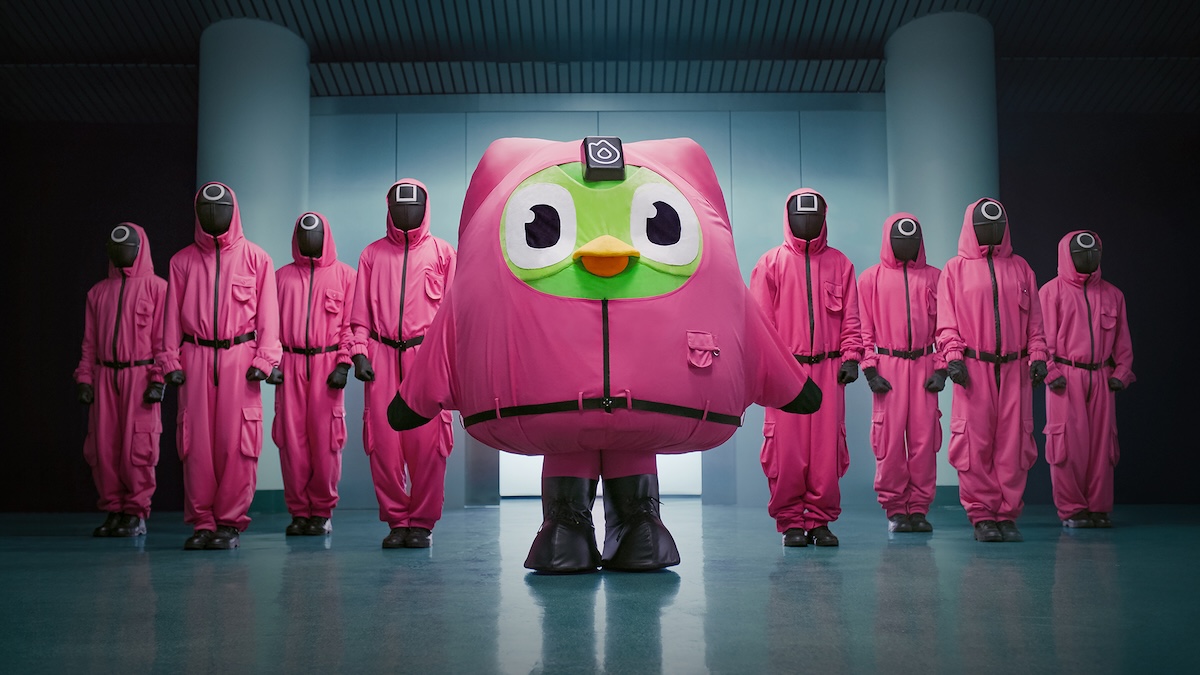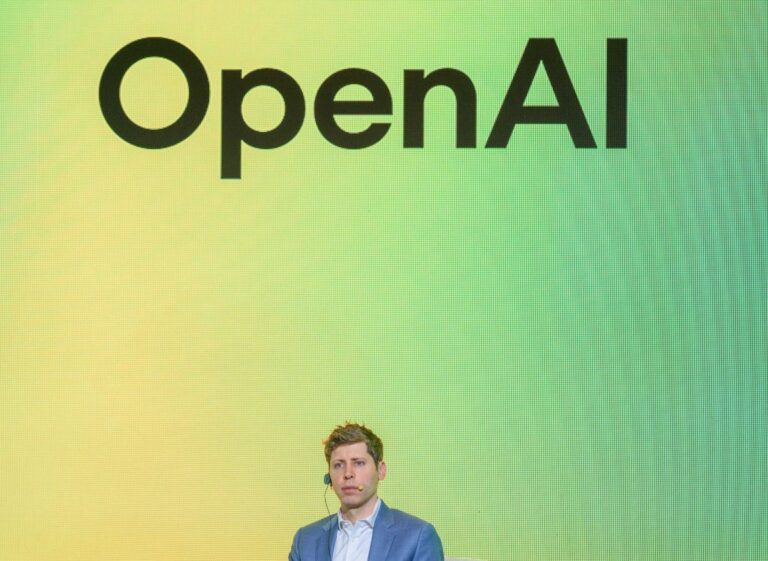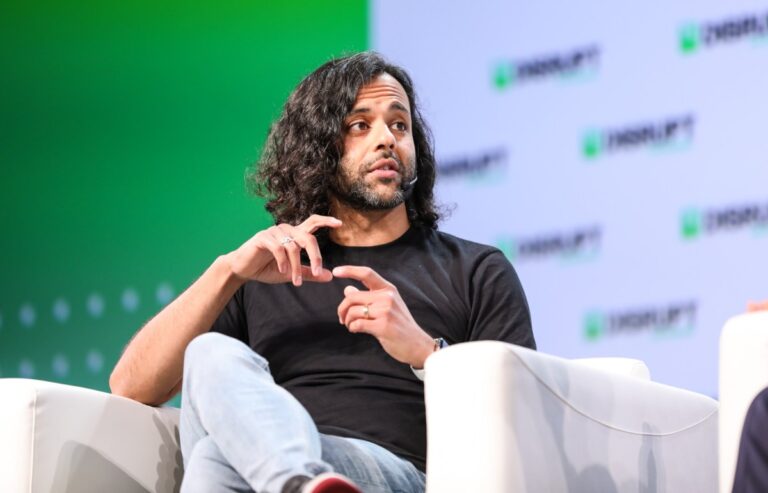Is Duolingo Leading the Charge in the AI Job Crisis?
Duolingo has recently announced a transformative shift towards becoming an “AI-first” company, raising concerns about the ongoing AI jobs crisis. This development, highlighted by journalist Brian Merchant, signals a significant change in the employment landscape, particularly for contractors in the tech industry.
Duolingo’s Strategic Shift to AI
In a move that many are interpreting as a response to economic pressures, Duolingo plans to replace its contractors with artificial intelligence. This decision follows a trend where companies are increasingly turning to AI solutions to cut costs and streamline operations.
Impact on Contract Workers
According to Merchant, a former contractor at Duolingo revealed that the replacement of human workers with AI is not a new strategy for the company. Key points include:
- Duolingo cut approximately 10% of its contractor workforce in late 2023.
- A subsequent reduction occurred in October 2024, affecting roles such as translators and writers.
- AI systems are now filling the roles previously held by these contractors.
Rising Unemployment Among Recent Graduates
Further analysis by Merchant references a report from The Atlantic, which highlights the growing unemployment rate among recent college graduates. This trend may be exacerbated by:
- The replacement of entry-level white-collar jobs with AI technologies.
- Decreased spending on new hires as companies invest more in AI solutions.
Management Decisions and Labor Market Effects
Merchant emphasizes that the ongoing AI jobs crisis stems from strategic decisions made by executives aiming to:
- Reduce labor costs.
- Consolidate control within their organizations.
This shift is resulting in:
- Attrition within creative industries.
- Declining income for freelance artists, writers, and illustrators.
- A trend toward hiring fewer human workers in corporations.
Conclusion: Understanding the AI Jobs Crisis
In conclusion, the AI jobs crisis is not a dystopian scenario akin to a robot takeover, but rather a series of calculated management decisions impacting the workforce. As articulated by Merchant, it mirrors trends like the downsizing of federal employment while promoting an AI-first strategy.
For more insights on the implications of AI in the workforce, visit our dedicated page on the subject.







